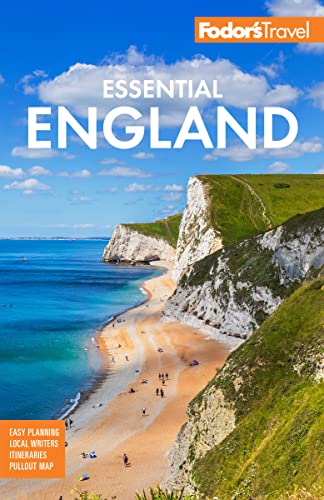For more than 200 years, Brighton has been England's most interesting seaside city, and today it’s more vibrant, eccentric, and cosmopolitan than ever. A rich cultural mix—Regency architecture, specialty shops, sidewalk cafés, lively arts, and a flourishing gay scene—makes it unique and unpredictable.
In 1750 physician Richard Russell published a book recommending seawater treatment for glandular diseases. The fashionable world flocked to Brighton to take Dr. Russell's "cure," and sea bathing became a popular pastime. Few places in the south of England were better for it, since Brighton's broad beach of smooth pebbles stretches as far as the eye can see. It’s been popular with sunbathers ever since.
The next windfall for the town was the arrival of the Prince of Wales (later George IV). "Prinny," as he was called, created the Royal Pavilion, a mock-Asian pleasure palace that attracted London society. This triggered a wave of villa building, and today the elegant terraces of Regency houses are among the town's greatest attractions. The coming of the railway set the seal on Brighton's popularity: the Brighton Belle brought Londoners to the coast in an hour.
Londoners still flock to Brighton. Add them to the many local university students, and you have a trendy, young, laid-back city that does, occasionally, burst at its own seams. Property values have skyrocketed, but all visitors may notice is the good shopping and restaurants, attractive (if pebbly) beach, and wild nightlife. Brighton is also the place to go if you're looking for hotels with offbeat design and party nights.





